Dacia Duster vs Peugeot 208 – Which model is better for everyday use?
Both models have their strengths – but which one suits you more?
Compare performance, efficiency, price and space directly: Dacia Duster or Peugeot 208?
Costs and Efficiency:
Price and efficiency are key factors when choosing a car – and this is often where the real differences emerge.
Dacia Duster has a evident advantage in terms of price – it starts at 16300 £, while the Peugeot 208 costs 20700 £. That’s a price difference of around 4405 £.
Fuel consumption also shows a difference: Peugeot 208 manages with 4.50 L and is therefore hardly perceptible more efficient than the Dacia Duster with 4.70 L. The difference is about 0.20 L per 100 km.
Engine and Performance:
Under the bonnet, it becomes clear which model is tuned for sportiness and which one takes the lead when you hit the accelerator.
When it comes to engine power, the Dacia Duster has a hardly perceptible edge – offering 158 HP compared to 156 HP. That’s roughly 2 HP more horsepower.
In acceleration from 0 to 100 km/h, the Peugeot 208 is a bit quicker – completing the sprint in 8.30 s, while the Dacia Duster takes 9.40 s. That’s about 1.10 s faster.
In terms of top speed, the Peugeot 208 performs barely noticeable better – reaching 200 km/h, while the Dacia Duster tops out at 180 km/h. The difference is around 20 km/h.
There’s also a difference in torque: Peugeot 208 pulls to a small extent stronger with 270 Nm compared to 230 Nm. That’s about 40 Nm difference.
Space and Everyday Use:
Cabin size, boot volume and payload all play a role in everyday practicality. Here, comfort and flexibility make the difference.
Both vehicles offer seating for 5 people.
In curb weight, Peugeot 208 is slightly lighter – 1165 kg compared to 1377 kg. The difference is around 212 kg.
In terms of boot space, the Dacia Duster offers evident more room – 517 L compared to 352 L. That’s a difference of about 165 L.
In maximum load capacity, the Dacia Duster performs noticeable better – up to 1609 L, which is about 446 L more than the Peugeot 208.
When it comes to payload, Dacia Duster slight takes the win – 453 kg compared to 430 kg. That’s a difference of about 23 kg.
Who wins the race?
The Dacia Duster proves to be barely ahead and therefore becomes our DriveDuel Champion!
Dacia Duster is the better all-rounder in this comparison.
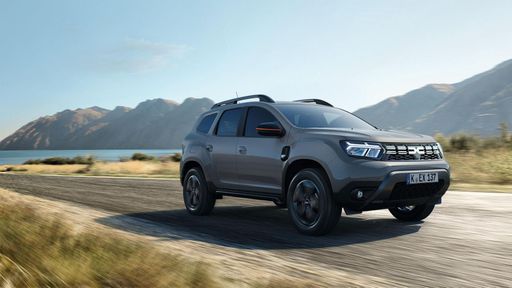 @ Dacia / Renault Group Media
@ Dacia / Renault Group Media
Dacia Duster
Dacia Duster
The Dacia Duster is a no-nonsense compact SUV that delivers rugged practicality and surprisingly comfortable everyday driving without fuss. It might not win any beauty contests, but its honest design, easy-to-live-with cabin and tough attitude make it a smart pick for buyers who want reliable transport without luxury frills.
details @ Dacia / Renault Group Media
@ Dacia / Renault Group Media
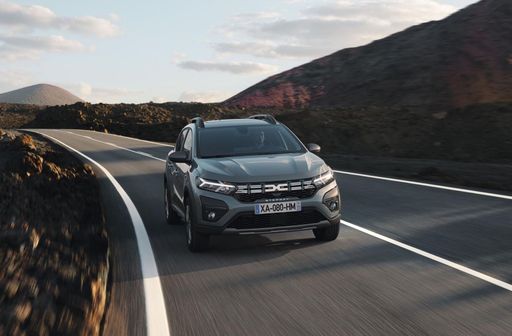 @ Dacia / Renault Group Media
@ Dacia / Renault Group Media
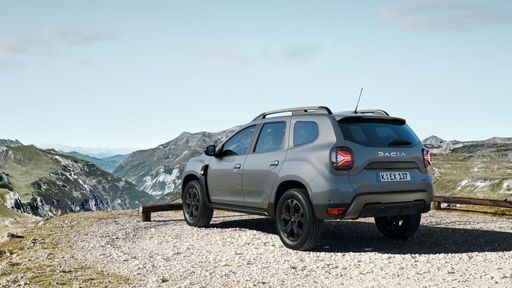 @ Dacia / Renault Group Media
@ Dacia / Renault Group Media
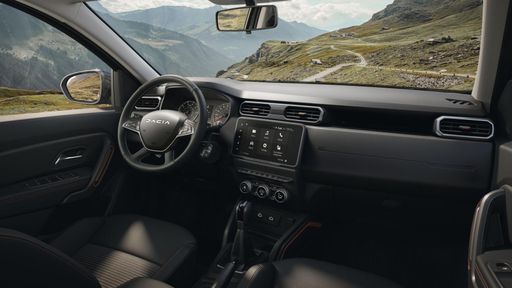 @ Dacia / Renault Group Media
@ Dacia / Renault Group Media
Peugeot 208
The Peugeot 208 feels like a city-savvy fox: compact, stylish and surprisingly grown-up, with a cabin that punches above its weight and enough personality to make daily commutes a little less boring. It’s a smart pick for buyers who want chic practicality without the showroom bluster — easy to park, thrifty to run and oddly fun when the road tightens up.
details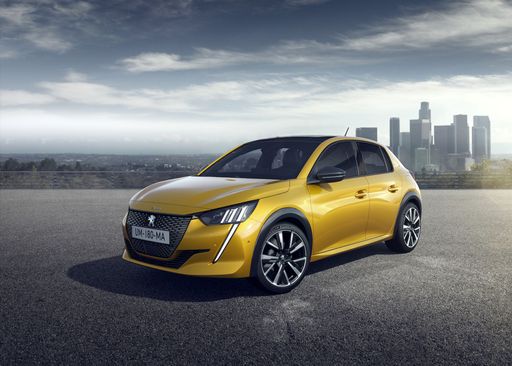 @ Peugeot / Stellantis Media
@ Peugeot / Stellantis Media
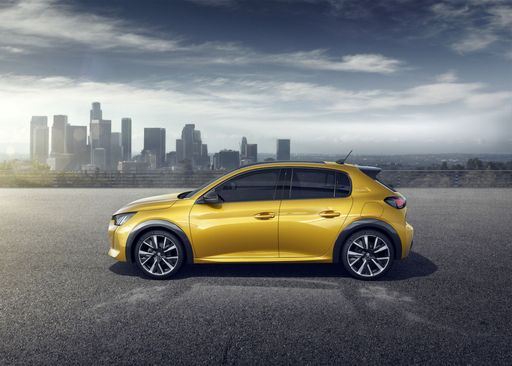 @ Peugeot / Stellantis Media
@ Peugeot / Stellantis Media
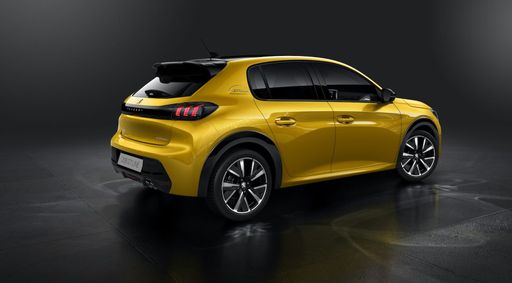 @ Peugeot / Stellantis Media
@ Peugeot / Stellantis Media
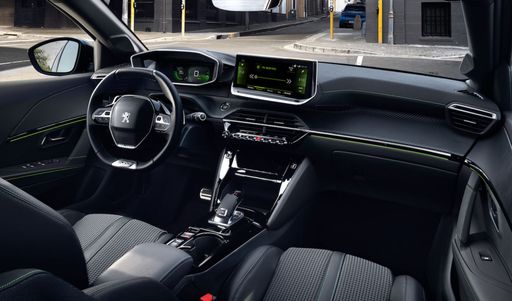 @ Peugeot / Stellantis Media
@ Peugeot / Stellantis Media
 @ Dacia / Renault Group Media
@ Dacia / Renault Group Media
|
 @ Peugeot / Stellantis Media
@ Peugeot / Stellantis Media
|
|
|
|
Costs and Consumption |
|
|---|---|
|
Price
16300 - 24900 £
|
Price
20700 - 35200 £
|
|
Consumption L/100km
4.7 - 7.5 L
|
Consumption L/100km
4.5 - 5.2 L
|
|
Consumption kWh/100km
-
|
Consumption kWh/100km
14.1 - 15.4 kWh
|
|
Electric Range
-
|
Electric Range
362 - 432 km
|
|
Battery Capacity
0.60 kWh
|
Battery Capacity
46 - 51 kWh
|
|
co2
107 - 124 g/km
|
co2
0 - 117 g/km
|
|
Fuel tank capacity
50 L
|
Fuel tank capacity
44 L
|
Dimensions and Body |
|
|---|---|
|
Body Type
SUV
|
Body Type
Hatchback
|
|
Seats
5
|
Seats
5
|
|
Doors
5
|
Doors
5
|
|
Curb weight
1377 - 1455 kg
|
Curb weight
1165 - 1530 kg
|
|
Trunk capacity
348 - 517 L
|
Trunk capacity
309 - 352 L
|
|
Length
4343 mm
|
Length
4055 mm
|
|
Width
1813 mm
|
Width
1745 mm
|
|
Height
1656 - 1659 mm
|
Height
1430 mm
|
|
Max trunk capacity
1414 - 1609 L
|
Max trunk capacity
1118 - 1163 L
|
|
Payload
450 - 453 kg
|
Payload
380 - 430 kg
|
Engine and Performance |
|
|---|---|
|
Engine Type
Petrol MHEV, Full Hybrid, LPG
|
Engine Type
Petrol, Electric, Petrol MHEV
|
|
Transmission
Manuel, Automatic
|
Transmission
Manuel, Automatic
|
|
Transmission Detail
Manual Gearbox, Automated Manual, Dual-Clutch Automatic
|
Transmission Detail
Manual Gearbox, Reduction Gearbox, Dual-Clutch Automatic
|
|
Drive Type
Front-Wheel Drive, All-Wheel Drive
|
Drive Type
Front-Wheel Drive
|
|
Power HP
115 - 158 HP
|
Power HP
101 - 156 HP
|
|
Acceleration 0-100km/h
9.4 - 11.6 s
|
Acceleration 0-100km/h
8.3 - 10.9 s
|
|
Max Speed
180 km/h
|
Max Speed
150 - 200 km/h
|
|
Torque
190 - 230 Nm
|
Torque
205 - 270 Nm
|
|
Number of Cylinders
3 - 4
|
Number of Cylinders
3
|
|
Power kW
84 - 116 kW
|
Power kW
74 - 115 kW
|
|
Engine capacity
1199 - 1789 cm3
|
Engine capacity
1199 cm3
|
General |
|
|---|---|
|
Model Year
2025
|
Model Year
2023 - 2025
|
|
CO2 Efficiency Class
D, C
|
CO2 Efficiency Class
D, A, C
|
|
Brand
Dacia
|
Brand
Peugeot
|
What drivetrain options does the Dacia Duster have?
The Dacia Duster is offered with Front-Wheel Drive or All-Wheel Drive.
The prices and data displayed are estimates based on German list prices and may vary by country. This information is not legally binding.
